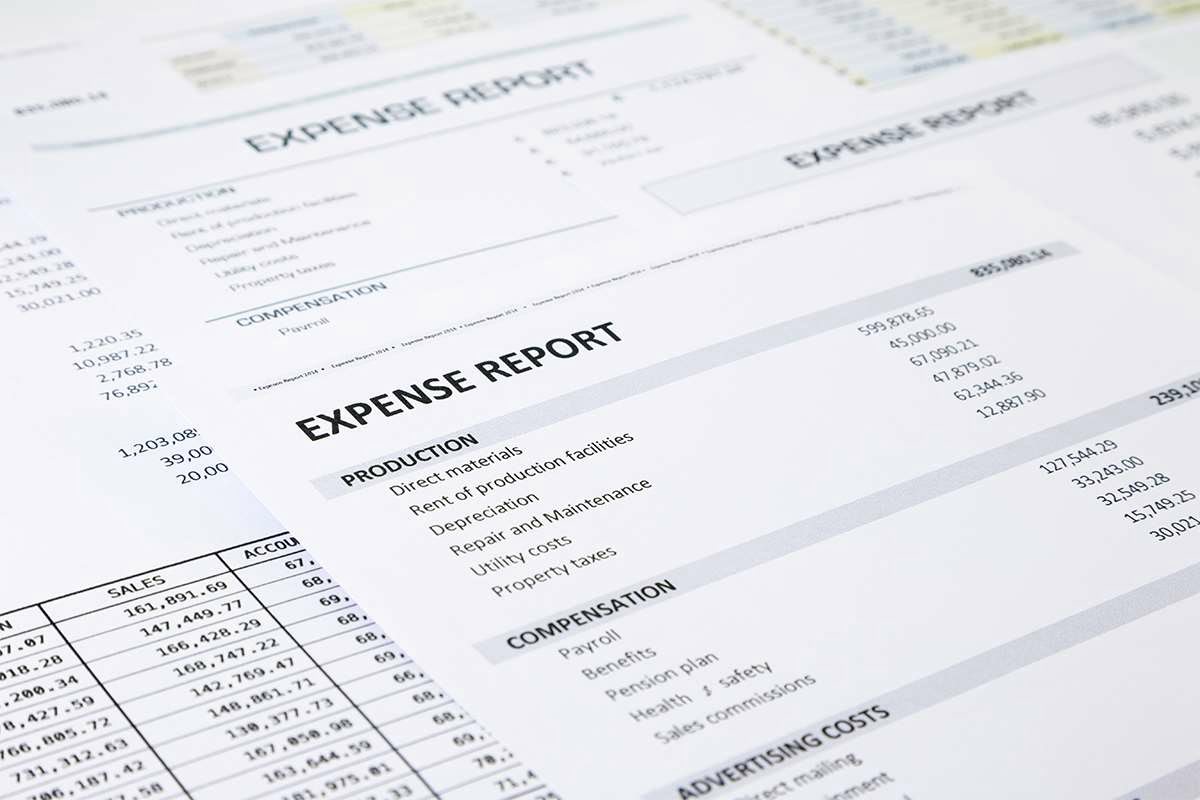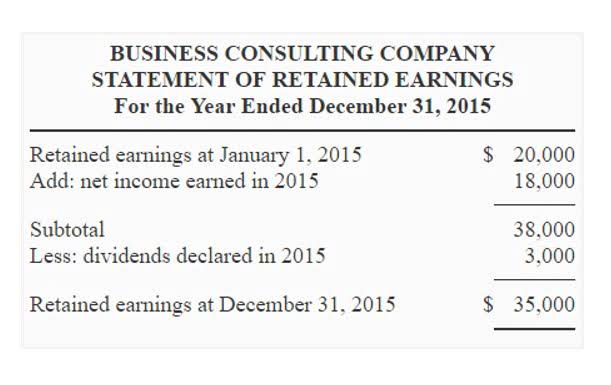
If only one or the other were credited, the Accounts Receivable control account balance would not agree with the total of the balances in the accounts receivable subsidiary ledger. Without direct write-off method crediting the Accounts Receivable control account, the allowance account lets the company show that some of its accounts receivable are probably uncollectible. The Allowance Method offers a more realistic view of a company’s financial health by accounting for potential losses from uncollectible accounts. By adjusting accounts receivable for estimated bad debts, the balance sheet reflects the net realizable value of receivables, providing stakeholders with a clearer understanding of what the company expects to collect. The method does not involve a reduction in the amount of recorded sales, only the increase of the bad debt expense. For example, a business records a sale on credit of $10,000, and records it with a debit to the accounts receivable account and a credit to the sales account.

Journal Entries for Setting Up and Adjusting Allowances

If using sales in the calculation, you are calculating the amount of bad debt expense. If using accounts receivable, the result would be the adjusted balance in the allowance account. Consulting with accounting professionals can provide valuable insights and ensure the chosen method aligns with the business’s specific needs and regulatory requirements.

The Direct Write off Method vs. the Allowance Method
To keep the business’s books accurate, the direct write-off method debits a bad debt account for the uncollectible amount and credits that same amount to accounts receivable. Suppose a business identifies an amount of 200 due from a customer as irrecoverable as the customer is no longer trading. If the amount is not collectible, it needs to be removed from the customers accounts receivable account, and this is achieved with the following direct write-off method journal entry. Reporting a bad debt expense will increase the total expenses and decrease net income. Therefore, the amount of bad debt real estate cash flow expenses a company reports will ultimately change how much taxes they pay during a given fiscal period. Understanding the differences and implications of each method is crucial for businesses to choose the most appropriate approach for their specific needs.
- One of her customers purchased products worth $ 1,500 a year ago, and Natalie still hasn’t been able to collect the payment.
- Big businesses and companies that regularly deal with lots of receivables tend to use the allowance method for recording bad debt.
- Bad debt, or the inability to collect money owed to you, is an unfortunate reality that small business owners must occasionally deal with.
- To compensate for this problem, accountants have developed “allowance methods” to account for uncollectible accounts.
- Reporting revenue and expenses in different periods can make it difficult to pair sales and expenses and assets and net income can be overstated.
Time Value of Money
A customers account has a debit balance from a finance charge done in error. It was done in a prior year.How do you amend this debt without raising a credit note as there is nothing to offset credit note. The contra-asset, Allowance for Doubtful Accounts, is proportional to the balance in the corresponding asset, Accounts Receivable. Allowance for Doubtful Accounts is where we store the nameless, faceless uncollectible amount. We know some accounts retained earnings will go bad, but we do not have a name or face to attach to them. Once an uncollectible account has a name, we can reduce the nameless amount and decrease Accounts Receivable for the specific customer who is not going to pay.
Journal Entry for the Direct Write-off Method
- Bad debt expense is the way businesses account for a receivable account that will not be paid.
- With the direct write-off method, there is no contra asset account such as Allowance for Doubtful Accounts.
- When using the percentage of receivables method, it is usually helpful to use T-accounts to calculate the amount of bad debt that must be recorded in order to update the balance in Allowance for Doubtful Accounts.
- This occurs when customers, due to various reasons, are unable or unwilling to pay the amounts they owe for goods or services purchased on credit.
- The Direct Write-Off Method, by recognizing bad debts only when they are identified as uncollectible, fails to match expenses with the related revenues.
- The Direct Write-Off Method does not comply with Generally Accepted Accounting Principles (GAAP) because it violates the matching principle.
Bad debt expense is the way businesses account for a receivable account that will not be paid. Bad debt arises when a customer either cannot pay because of financial difficulties or chooses not to pay due to a disagreement over the product or service they were sold. These practical examples highlight the differences in how bad debts are accounted for under each method, emphasizing the importance of selecting the appropriate method based on the business’s needs and circumstances.
